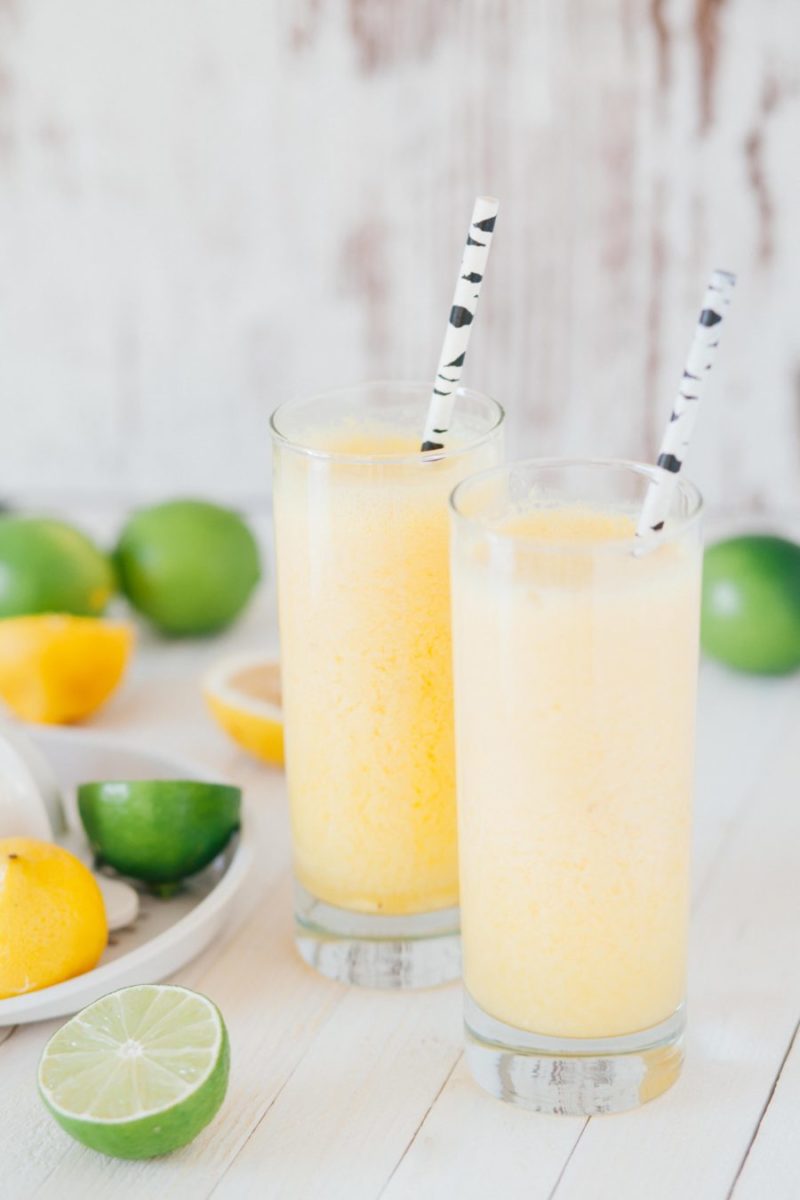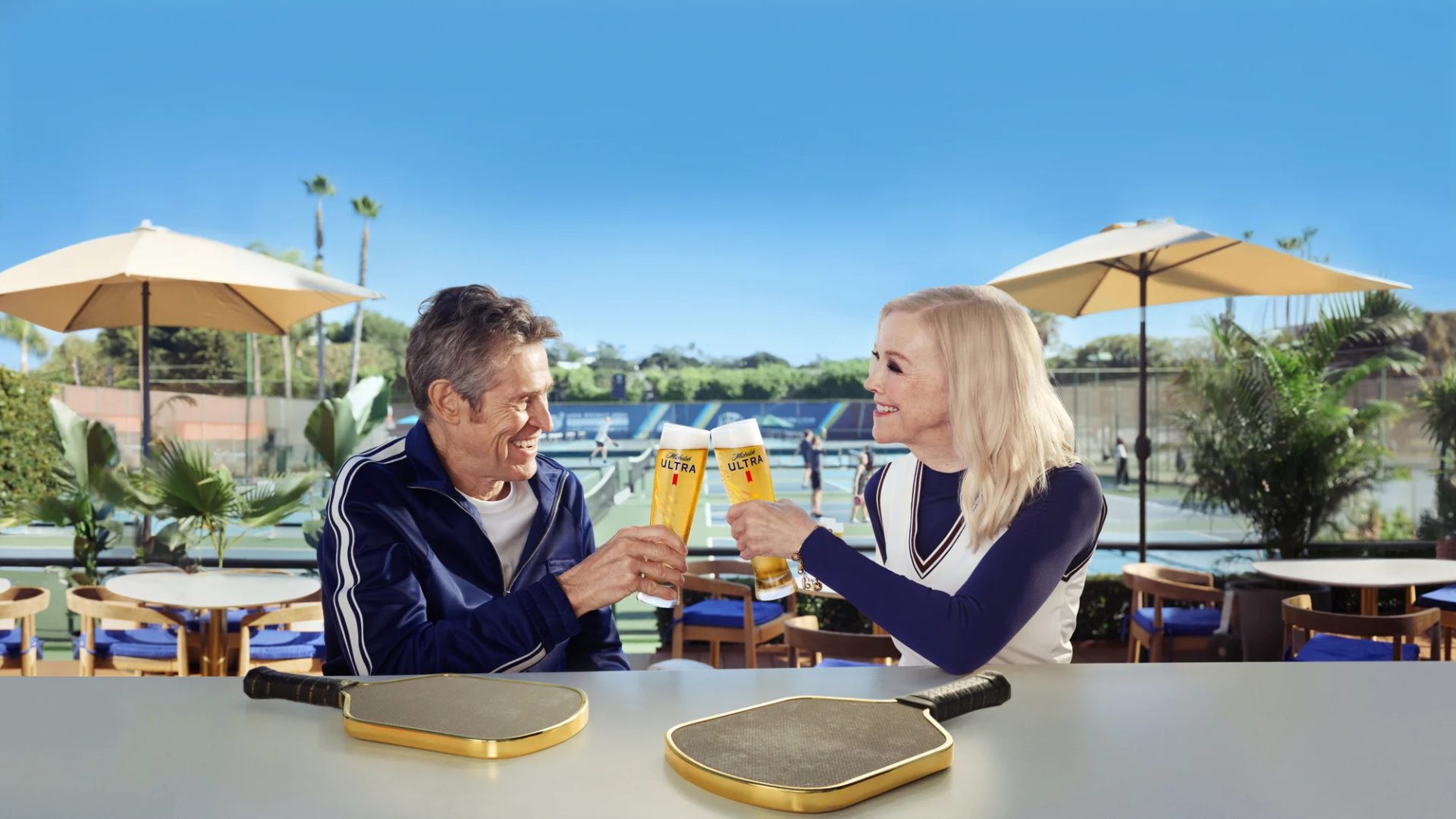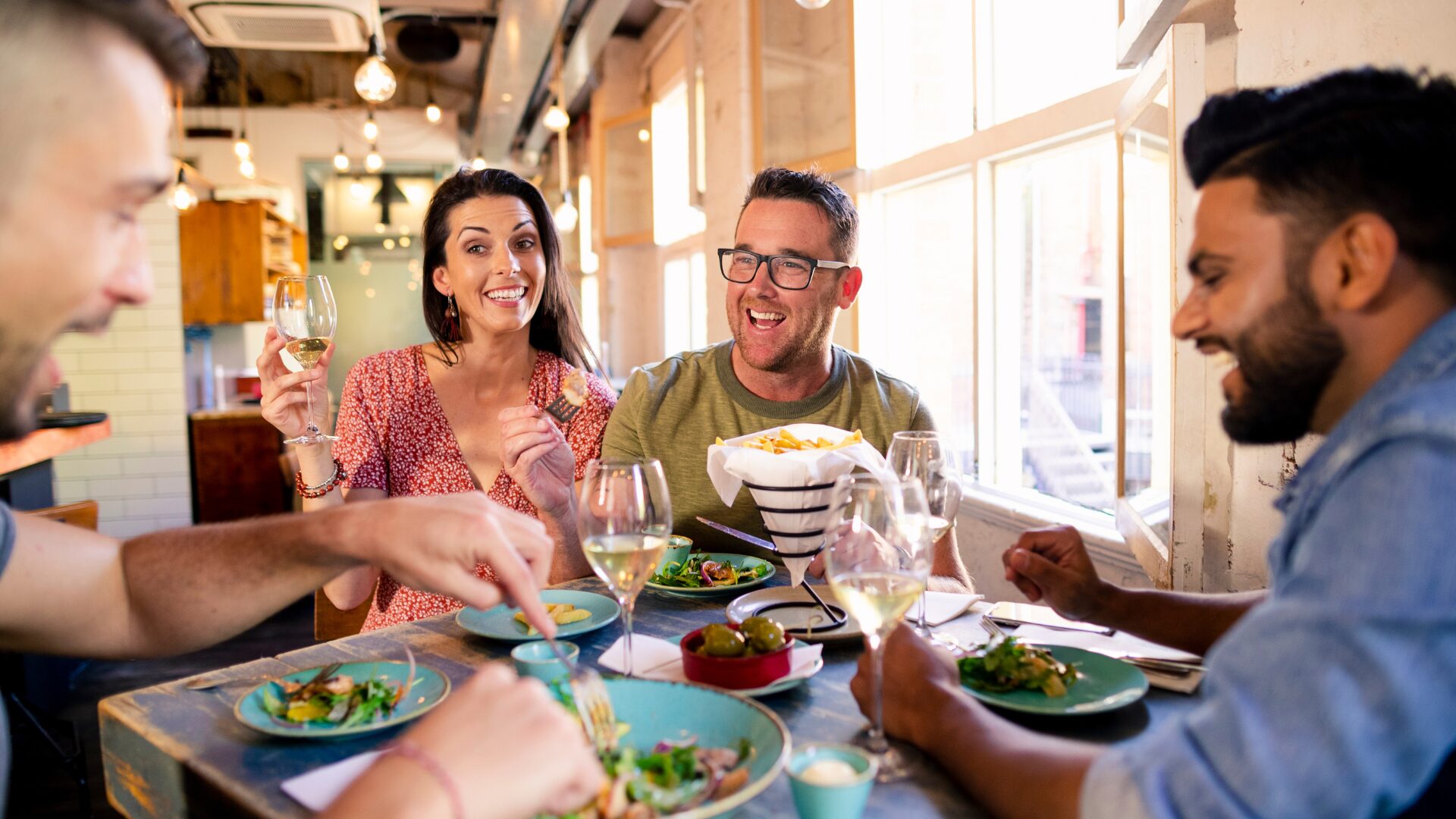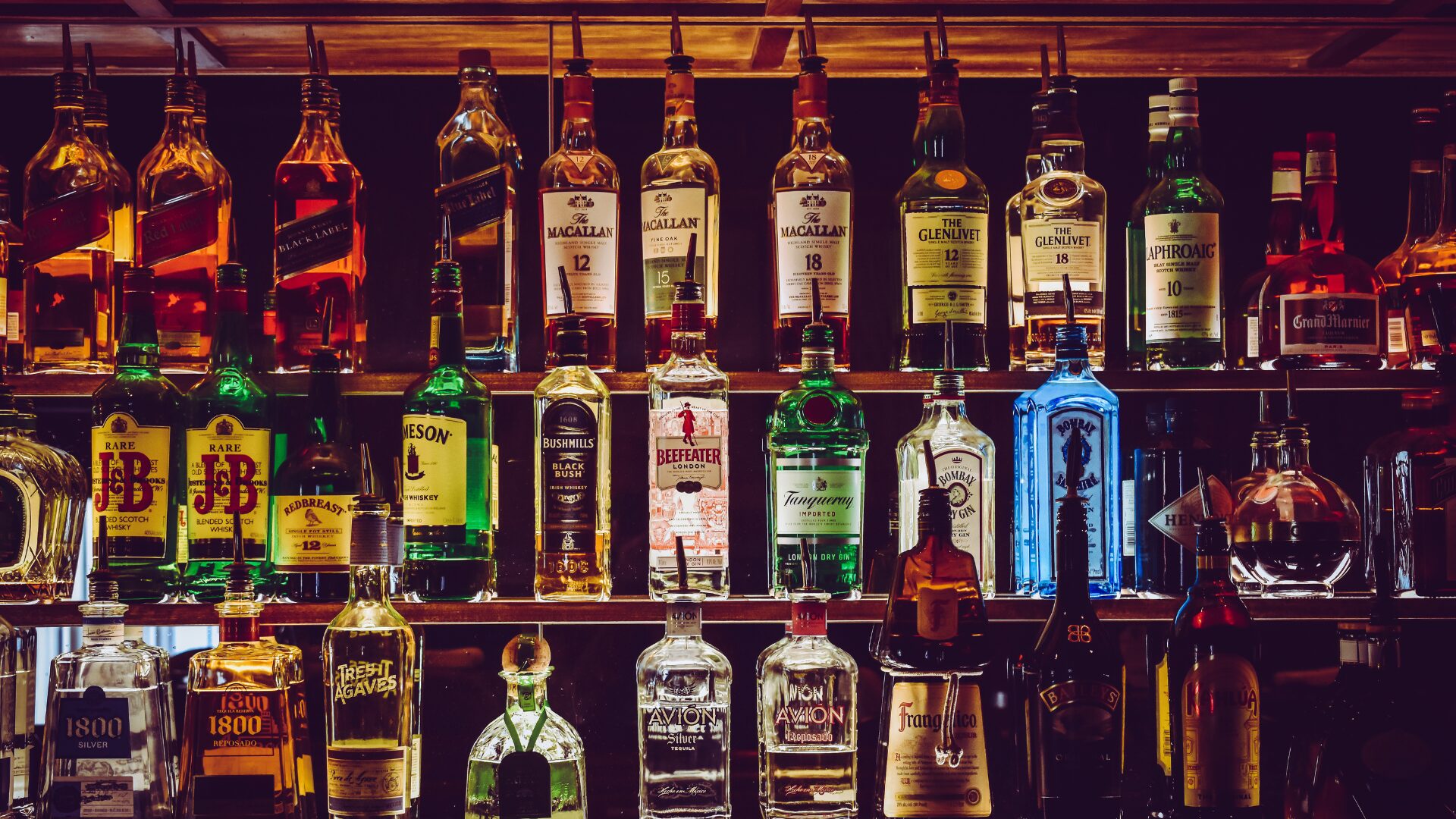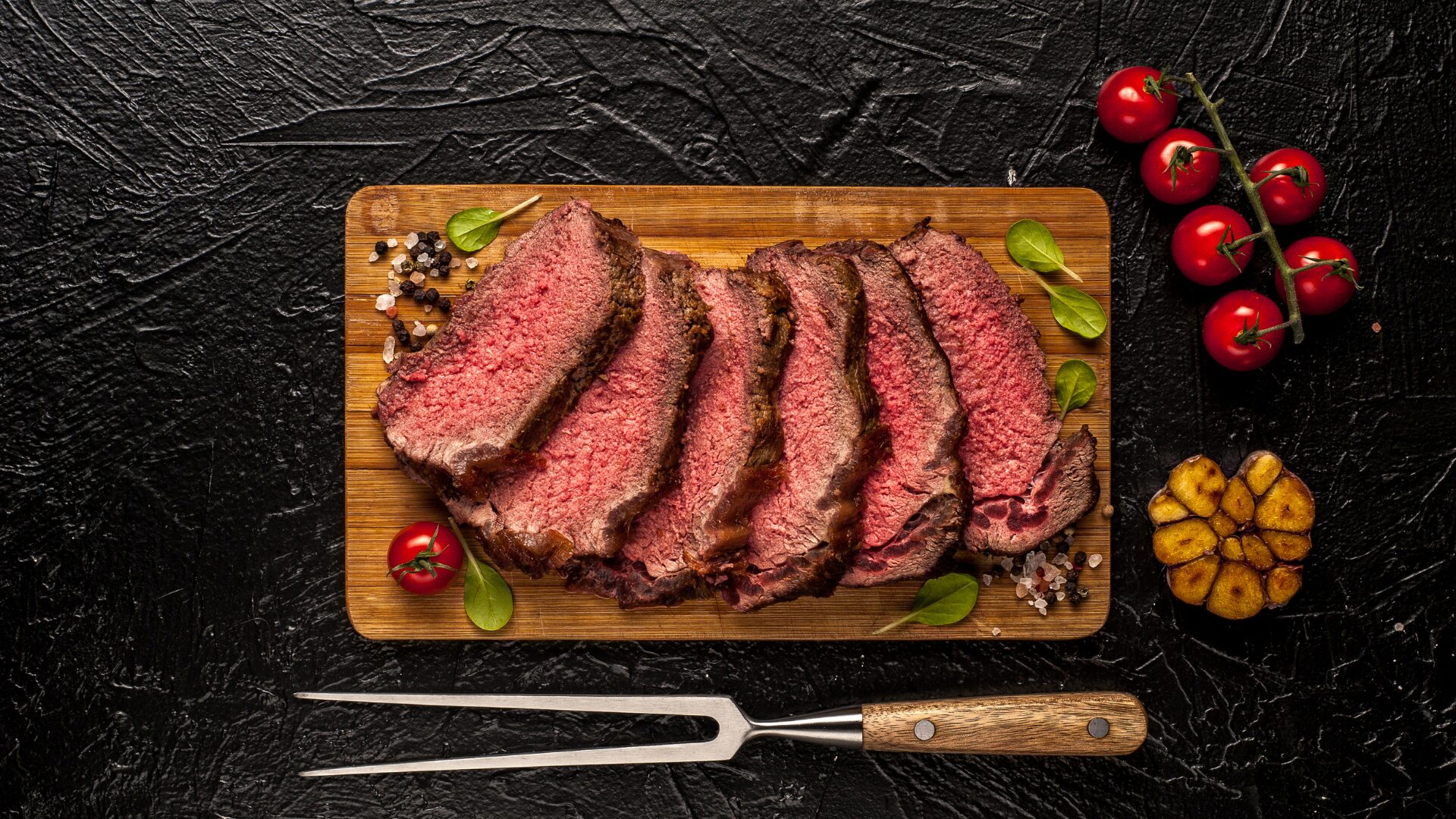The mindful drinking movement has been gaining traction for several years, with “sober curious” consumers opting for no- or low- alternatives to reduce their alcohol intake.
Throughout the pandemic, demand for non-alcoholic beers, wines, and spirits increased, with consumers drinking most frequently while relaxing at home in the evening, reported beverage analysis firm IWSR.
But with restrictions easing and consumers resuming pre-pandemic activities, will this trend dry up?
Market Stats, Drivers
The no-alcohol category increased 4.5% over 2019 and 2020 across ten key markets, while the low-ABV segment declined 5.5%, according to another IWSR report. On a global scale, consumers prefer no-alcohol to low-alcohol and the category is expected to increase 31% by 2024.
No-alcohol beverages are predominantly consumed by people seeking to moderate their alcohol consumption. Furthermore, consumers find that low-alcohol percentages can sometimes be confusing, so choosing alcohol free alternatives simplifies the process.
Generational Preferences
Health-conscious Millennials are driving the mindful drinking movement, with 66% making efforts to reduce their alcohol consumption, according to Neilson data.
“Legal drinking age Gen Z and Gen X consumers are more aligned with Millennials on low-no alcohol interests and habits than Baby Boomers,” Mariana Fletcher, Head of Insights and Analytics at IWSR Drinks Market Analysis, told The Food Institute. “Data indicates that the appetite for low-no alcohol products is highest among younger generations despite the fact that Baby Boomers are two times more likely to report not drinking alcohol at all.”
Market Outlook
According to Fletcher, 60% of consumer surveyed in IWSR’s Low-and No-Alcohol study plan to continue drinking no or low alcohol beverages in 2021. “Data shows that 71% of consumers of low-no alcohol beverages are likely to continue monitoring their alcohol intake in 2021,” Fletcher said. “And 61% report they will continue ordering non-alcoholic beverages from bars, pubs and restaurants.”
Alternative Venue Opportunities
In recent years, a growing number of “sober” bars — venues that mirror the menus and social atmosphere of traditional bars without serving alcohol — have popped up in major cities, including Austin, Denver, New York, and San Francisco. Fletcher notes that such establishments could see a rise in popularity as consumers resume socializing at bars and restaurants.
“Our research shows that Millennials are 63% more likely to plan an increase of their frequency of no-low alcohol intake,” Fletcher said. “So they may be more likely to seek out alcohol-free venues.”


